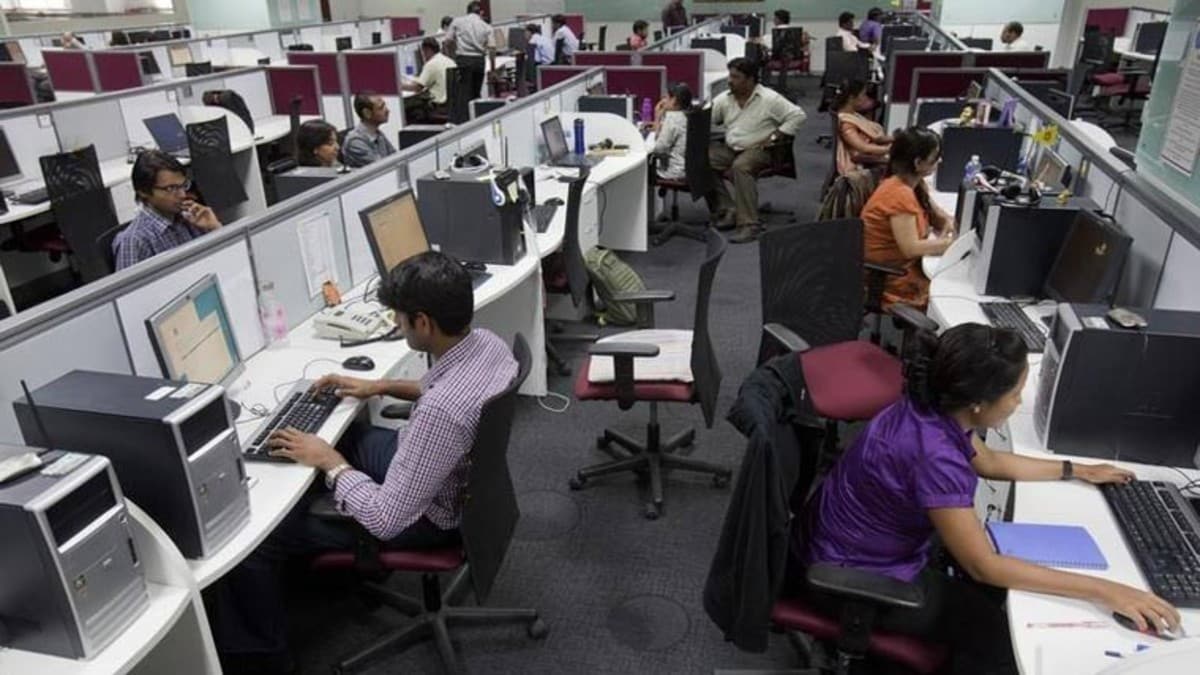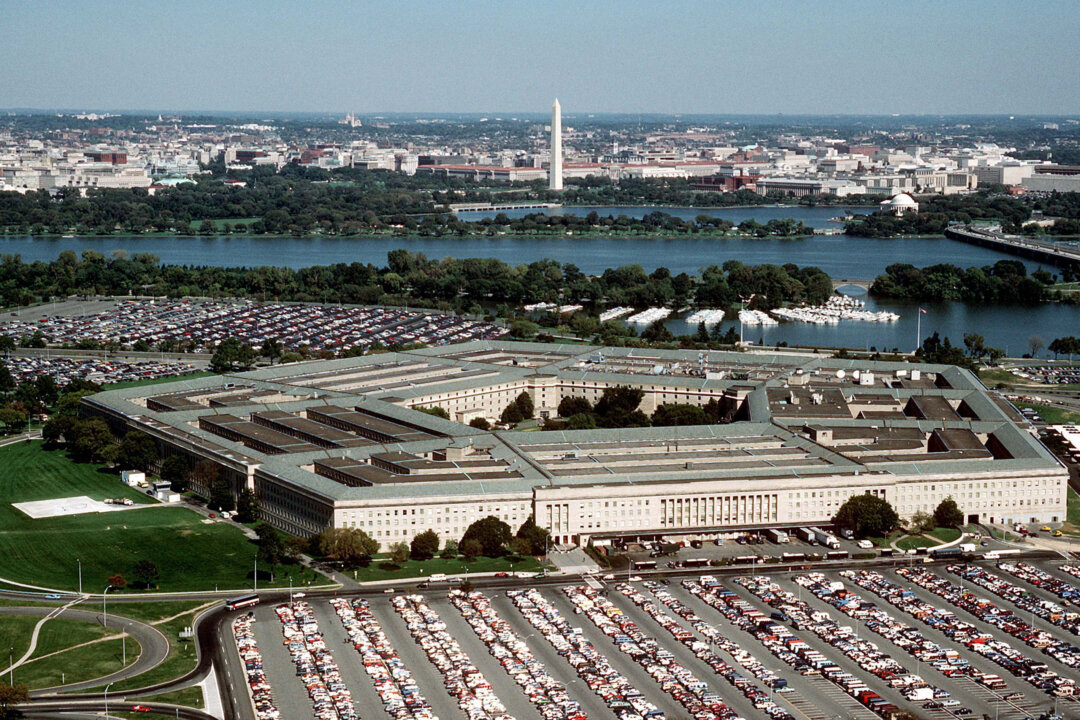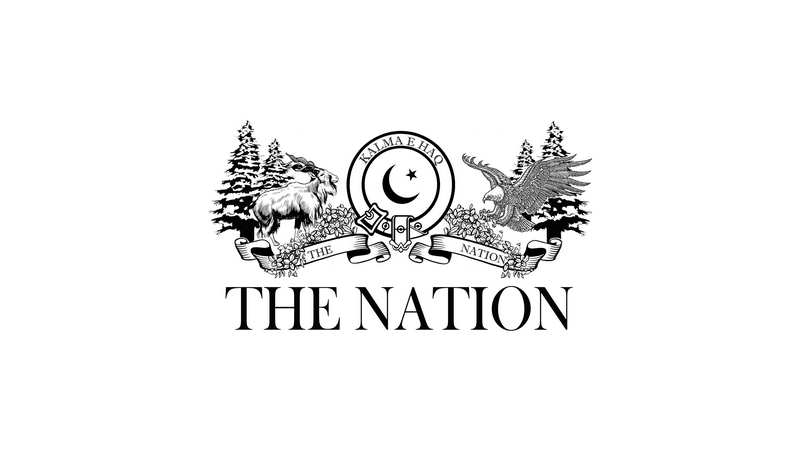On April 2, 2025, US President Donald Trump issued an executive order slapping a 27 per cent tariff on Indian goods. The “reciprocal tariffs” sent predictable ripples across India’s export community. Industries fretted over disrupted shipments, and newspapers rushed to estimate the losses in textiles, gems, and electronics.
Though later Trump announced a 90-day pause on tariffs on trade partners, except China, to facilitate trade negotiations. What remained mostly untouched, at least on paper, was India’s flagship export to the US—IT services. Protected under the WTO’s General Agreement on Trade in Services (GATS), software and backend systems remained duty-free.

No tariffs, no customs, no headlines. But that safety is an illusion. The threats are neither loud nor official.
They are quiet, creeping, and in many ways, more dangerous. The Real Cost of Hardware Software is borderless, but the systems that run it are not. Laptops, servers, and networking infrastructure power the IT industry.
If the hardware becomes expensive, so does the business. The Trump tariffs significantly raise costs for devices assembled in India, especially compared to competitors like China (54 per cent) or Vietnam (46 per cent). This might seem like a win, but there’s a catch.
Many Indian IT companies operating in the US also import this hardware. The ripple effects could quietly eat into margins, especially for startups or midsized firms. The Visa as Trade Barrier India’s IT success has long depended on a simple but fragile arrangement: train engineers in India, and send them to the US when needed.
The H-1B visa was the bridge that allowed this system to function. During Trump’s earlier tenure, denial rates for these visas rose from 6 per cent to nearly 24 per cent. Indian nationals, who receive more than 70 per cent of these visas, were disproportionately affected.
Unlike tariffs, which are measurable, visa denials are opaque. They arrive without explanation and leave companies scrambling. Without this labour mobility, the offshore-onsite model collapses.
Local hiring in the US is expensive. Nearshoring adds complexity. Neither preserves India’s edge.
What tariffs could not do, paperwork might! Crystal Ball In India’s IT circles, Accenture is not merely a competitor but a bellwether for the industry. In Q2 2025, the firm reported 8.5 per cent revenue growth, largely from the public sector and financial services.
Generative AI contributed $1.4 billion in new bookings. Yet the stock fell 7 per cent.
The message? Even growth isn’t enough in this environment. Because the US government, a major client for Accenture’s federal services unit, may cut back spending. The markets are not responding to failure.
They are responding to uncertainty. And that uncertainty over government budgets, client behaviour, and technology’s next turn is what now surrounds India’s IT sector. AI: The Real Disruption Amid the noise of tariffs and visas, a quieter revolution is unfolding.
AI tools like Cursor and GitHub Copilot are not futuristic promises. They are already changing how code is written, tested, and deployed. Tasks once assigned to teams in Bengaluru or Hyderabad are now handled by AI systems that never sleep and never miss a deadline.
Junior roles, the ones that formed the bulk of India’s offshore model, are disappearing first. What remains is exception handling, critical thinking, and oversight. In other words, “the harder parts”.
The expensive parts. The Bernstein report, AI Unleashed , lays it out starkly: AI subscriptions cost less than a junior Indian engineer and can be deployed at scale without attrition, without HR overhead, and without bathroom breaks! And Indian firms are not unaware. They are adopting AI, building internal platforms, and training staff.
But the cultural and operational barriers are real. Most US firms still cannot manage a centralised, up-to-date data platform. The idea of a seamless, data-driven organisation remains a corporate aspiration, not a reality.
Even when AI is deployed, it quickly falls out of sync. By the time a model is approved, tested, and rolled out, a better one is already available publicly. And all of this comes at a cost.
Setting up AI infrastructure is expensive. Promising a return on investment in year three or four is not something most publicly listed companies are willing to entertain. India’s Weakness Isn’t Talent—It’s Innovation Ironically, India leads the world in AI skill penetration, with over 96 per cent of Indian professionals reportedly using AI tools at work.
But where are the breakthroughs? Despite housing over 1,600 AI startups, most are focused on low-hanging fruits like chatbots, automation scripts, and dashboards. Deep tech, patentable IP, or foundational models? Rare. India contributes just 0.
2 per cent of global AI patents, with China at 61.1 per cent and the US at 21 per cent. The real bottleneck isn’t what we aren’t building but not building the right things.
What This Means for Indian IT The easy growth is over. Tariffs may be the least of the industry’s problems. The real issues are structural, like how services are delivered, how labour is deployed, and how technology redefines what clients need.
The companies that survive this transition will be the ones that adapt, not just in tools, but in thinking. They will stop chasing volume and start building value. They will focus on roles AI cannot yet replace: complex integration, high-stakes consulting, and domain-specific insights.
This requires more than investment. It requires clarity. And the willingness to let go of models that no longer serve.
The Manufacturing Lifeline? Tariffs might hurt software indirectly, but they do open an opportunity in electronics manufacturing. With China, Vietnam, and Thailand facing US tariffs of 36–54 per cent, India’s 27 per cent looks relatively mild. The US imports $7 billion worth of smartphones and $1.
8 billion worth of telecom hardware from India. Schemes like the Production-Linked Incentive (PLI) are already luring global majors to set up shop here. If India plays this right by improving infrastructure, easing logistics, and ensuring policy consistency, it could become the new electronics hub.
But manufacturing will not rescue IT. These are parallel lanes, not replacements. Conclusion: Tested, Not Taxed India’s IT sector isn’t only being taxed; it’s being tested.
Tariffs may sting, but they’re not the real threat. The existential challenges come from automation, artificial intelligence, political unpredictability, and our own complacency. The era of coasting on English skills and low costs is over.
Survival now demands reinvention: build what others haven’t, solve what AI can’t, and rethink what it means to be valuable. Those who fail to evolve may still show up in quarterly reports—but not in the future. Kanishq Agarwal is a strategy consultant who advises senior political leaders on campaigns, communication and policy.
Aryaman Sharma (X: @AryamanBharat) is an analyst working at the intersection of manufacturing, economic policy, and national strategy. The views expressed in the above piece are personal and solely those of the authors. They do not necessarily reflect Firstpost’s views.
.
Politics

Tariffs aren't major trouble for India's IT sector, innovation is

India's IT sector isn't just being taxed; it's being tested. Tariffs may sting, but they're not the real threat. The existential challenges come from automation, artificial intelligence, political unpredictability, and our own complacency














